Game description:
Sunset Beach is a compact first-person experience set on a quiet shore during preparations for a summer event. The player takes on the role of a temporary worker tasked with setting up decorations and finding misplaced objects. The tasks begin plainly, with familiar actions such as carrying chairs or organizing signs. However, as the day progresses, something in the environment begins to change. Light fades, sounds distort, and the once welcoming setting becomes harder to read. The game uses this shift to guide the player from routine into subtle horror.
Changing Conditions and Visual Cues
From the beginning, the player is left without instruction beyond immediate tasks. There is no guide or visible interface beyond the controls. Instead, feedback comes through the world itself—sounds of waves, distant seagulls, and the golden glow of the sun. As the checklist nears completion, those cues begin to distort. Shadows stretch longer, certain objects seem to have moved, and the beach feels less familiar. These visual and auditory changes create tension without introducing any characters or threats.
Structure and Player Role
The core mechanic of Sunset Beach lies in its pacing. The game doesn’t require puzzles or combat; it simply asks the player to perform straightforward actions while observing their surroundings. The environment itself becomes the source of unease as tasks become harder to complete or behave differently than expected.
Key components of gameplay include:
· Moving and placing interactive objects around the beach
· Searching for a missing cat as part of a task list
· Gradual visual transitions from day to evening
· A single jump scare that ends the game
· Short playtime, focused on atmosphere
Experience and Design Intention
Rather than delivering a complex narrative, Sunset Beach offers a situation and allows players to draw their own conclusions. There is no explanation for the shift in tone, and no antagonist appears on screen. The game presents a controlled sequence of changes meant to create discomfort without direct confrontation. The fixed ending reinforces the idea that the story is a loop—set up, change, conclusion—without offering closure or clarity.
Sunset Beach stands as an example of how interactive spaces can guide emotional response through pacing and tone. By limiting traditional storytelling elements, it places full emphasis on the world’s transformation and the player’s perception. It’s a brief encounter, but one that leaves a lingering impression due to its restraint and carefully managed shifts in mood.










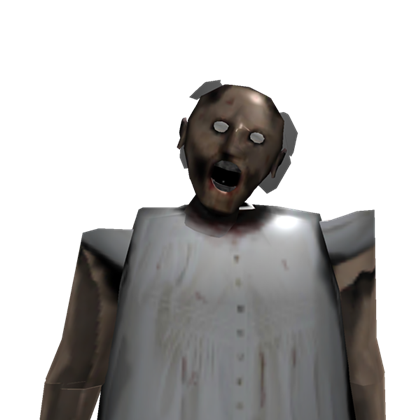







































































































































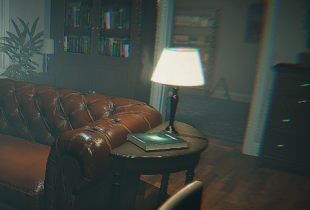
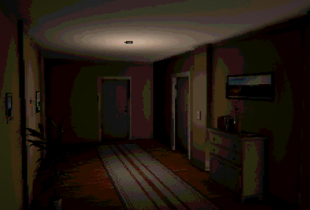


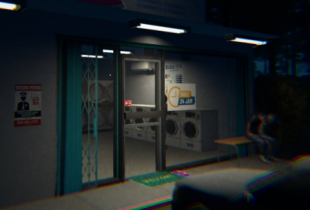
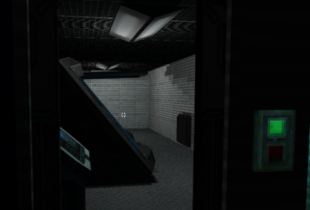
Comments